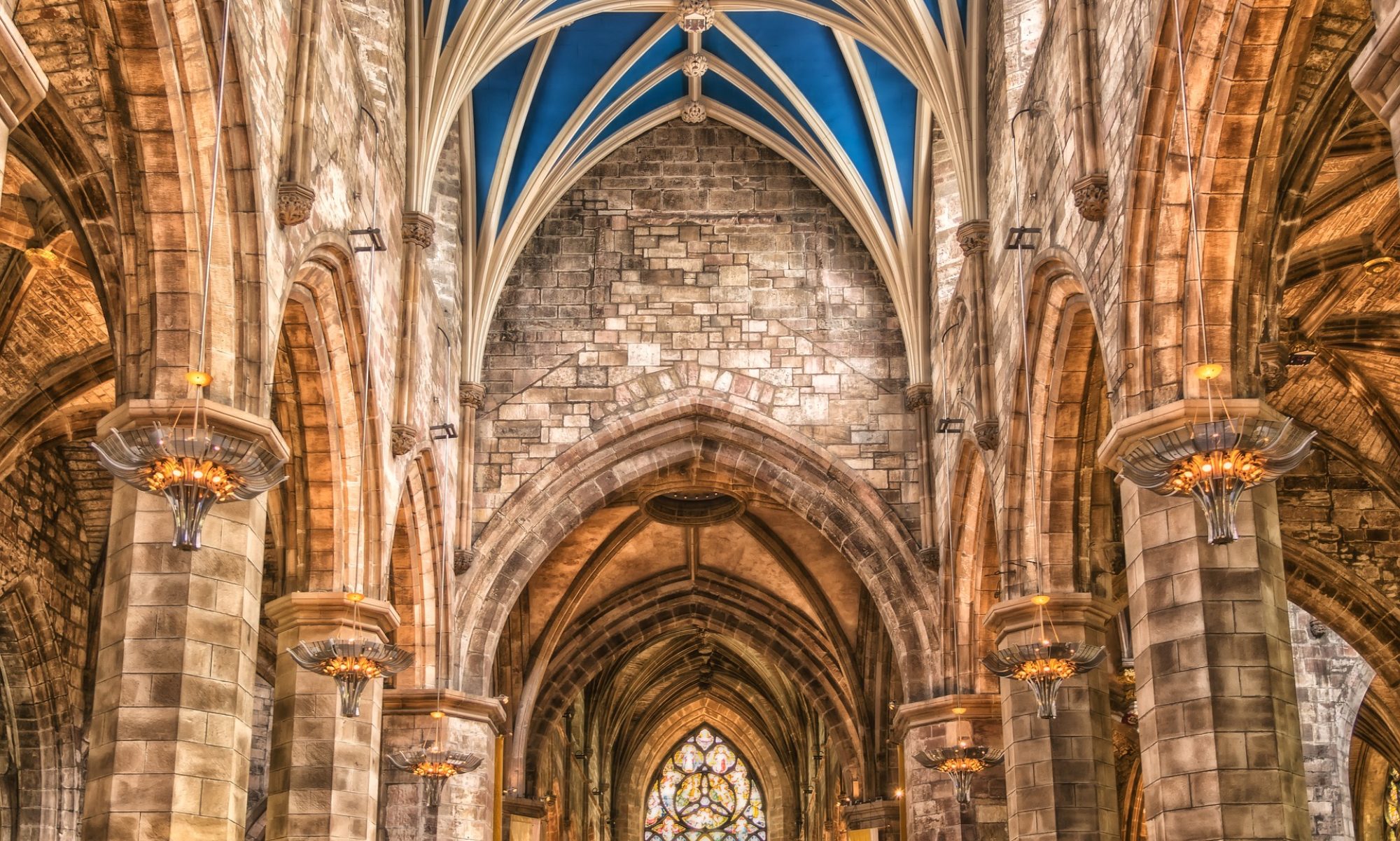September 1st, 2016
Hierarchical. Institutional. Sacramental. Traditional. This set of markers defines the essence of the Roman Catholic Church as a permanent, conservative, top down religious organization. This is only one side of the coin, however. Rome is also home to movements and groups that express a different sociological outlook. Especially after the Second Vatican Council, many new forms of community have blossomed in the Catholic world: think of the Charismatic Renewal movement, the Focolare movement, the Neocatechumenal way, Communion and Liberation, Cursillos de Cristanidad, just to name a few of the most known Catholic groups that involve millions of people around the world. Today, these movements attract growing numbers of people and are the means by which the Roman Catholic Church, particularly in the West, counters the decline. While the traditional parish model hobbles these movements generally flourish. Serving the “missionary” input encouraged by Pope Francis, they are able to attract new people or to re-engage disconnected Catholics.
The relationship of these two components of the Catholic Church has not always been easy. The territorial dimension of the hierarchical church, centered on the authority of the bishop, has found it difficult to come to terms with the charismatic energy of the movements, more inclined to follow their own lay leaders than the local bishops. The well established patterns of the former have at times clashed with the innovative ways of the latter. The remoteness of much nominal Catholic practice appears to be very different from the intensity offered by the movements. Tensions were experienced to the point of undermining the unity of the Roman Church.
Iuvenescit Ecclesia
After years of gradual and progressive integration of the movements in the sacramental and institutional structure of the Roman Church, it is no surprise to find that the Congregation for the Doctrine of the Faith (the highest authoritative Vatican voice in matters of doctrine) recently came out with a document addressing this very topic (May 15, 2016). Iuvenescit Ecclesia (the Church rejuvenates) is a detailed study on how the hierarchical and charismatic gifts need to match in the life of the Church. The whole point is to show the necessity and compatibility of both. According to the document, the church is hierarchical in its nature. It is in and through the hierarchy that the Church is also sacramental, i.e. the church dispenses God’s grace through the sacraments, the Eucharist being the most important one, and lives out its peculiar form of communion, i.e. the church being cum Petro (with Peter, with the Pope) and sub Petro (under Peter, under the Pope). Quoting Vatican II but failing to support it biblically, the Vatican Congregation argues that “Jesus Christ Himself willed that there be hierarchical gifts in order to ensure the continuing presence of his unique salvific mediation” (14). What that means is that Christ’s mediation is made present in the hierarchical structure of the Roman Church.
While re-affirming the absolute necessity of the hierarchical nature of the Roman Catholic Church, the document also speaks of “coessentiality” (10) in introducing the charismatic gifts. Both the hierarchical and the charismatic dimensions are essential for the church to be such. Applying this theological point to the issue at stake the document argues that the present-day ecclesial movements are legitimate expressions of the charismatic dimension of the church. They are corporate manifestations of the inner vitality of the hierarchical Church. The only way to secure the “harmonic connection” (7) is to serve the hierarchical and sacramental structure of the church centered on the Pope and the bishops. If this point is preserved, the movements have freedom to exist within the Roman Catholic Church.
Both-And
Following Vatican II, the documents applies the integration process that has been characterizing Roman Catholic theology and practice since its beginnings. The system opens itself up to the point of integrating the new point, the new emphasis, the new movement, making sure that it does not harm its stability but serves its expansion. Each movement captures a new form of spirituality, a specific devotional emphasis, a distinct way of living out the Roman Catholic faith, and inserts it into the wider synthesis held together by the hierarchical Church. The stability of the institution is matched with the dynamism of the ecclesial movements. The vertical and hierarchical structure of the former is countered by the horizontal breadth of the latter. The absorption of these movements is the last instance of the catholicity of Rome expanding its platform without renewing its core.
The current flurry of activity within Roman Catholic movements does not indicate, in and of itself, that there is hope for a biblical reformation within the Roman Catholic Church in an evangelical sense. It will only be as these movements make changes in the structural elements underlying the nature of Roman Catholicism, not expanding it further but purifying it in the light of God’s Word, that they can have a truly reforming function according to the Gospel. In today’s scenario, these movements, although interesting, seem to promote the Roman Catholic project of integration rather than that of biblical reformation. As the document makes it clear, these movements are meant to rejuvenate Rome, not to reform it biblically.
